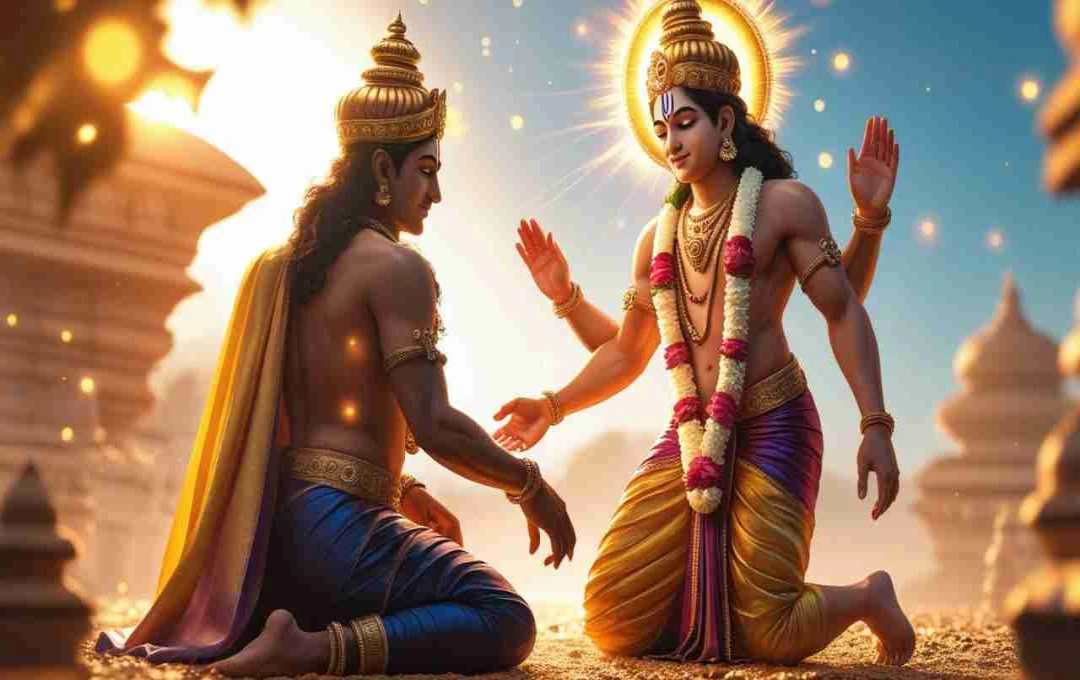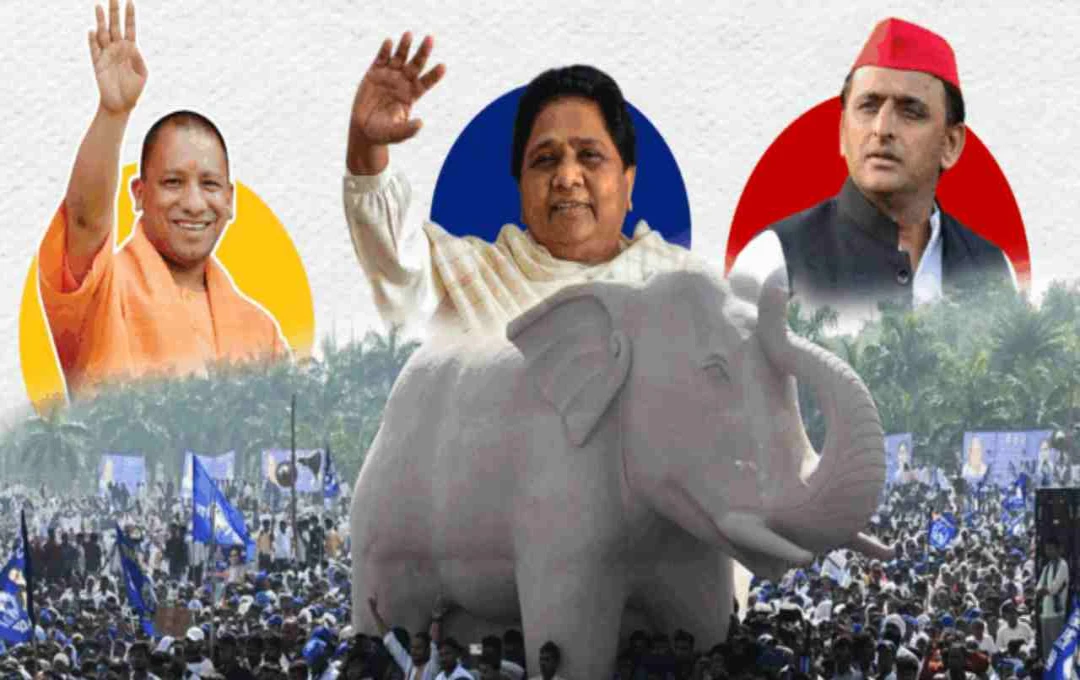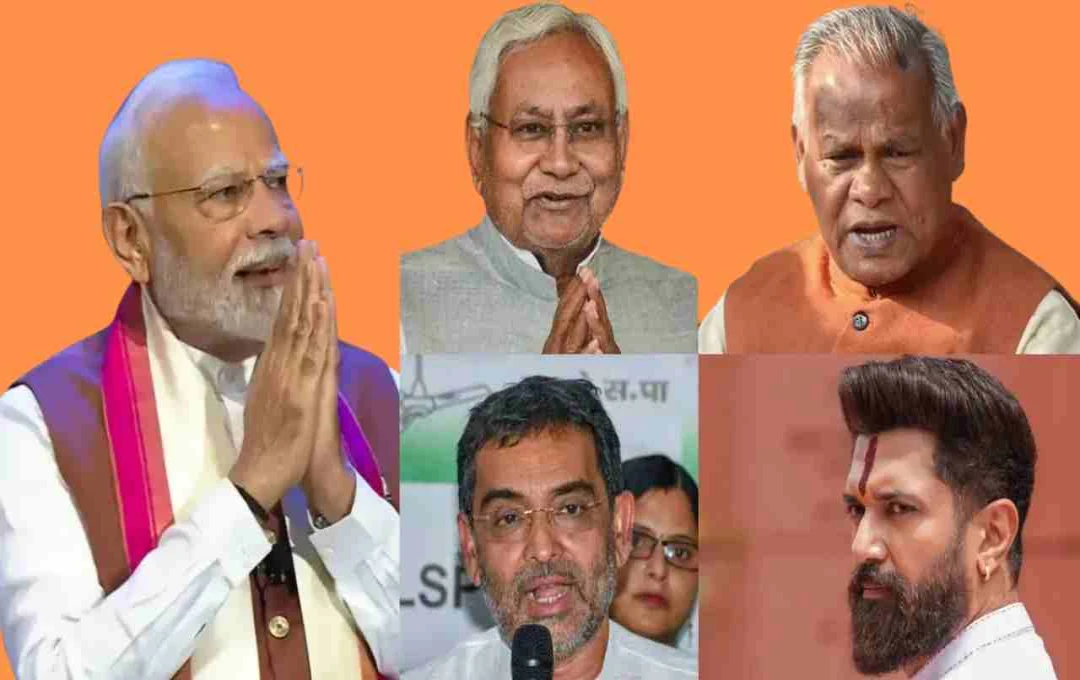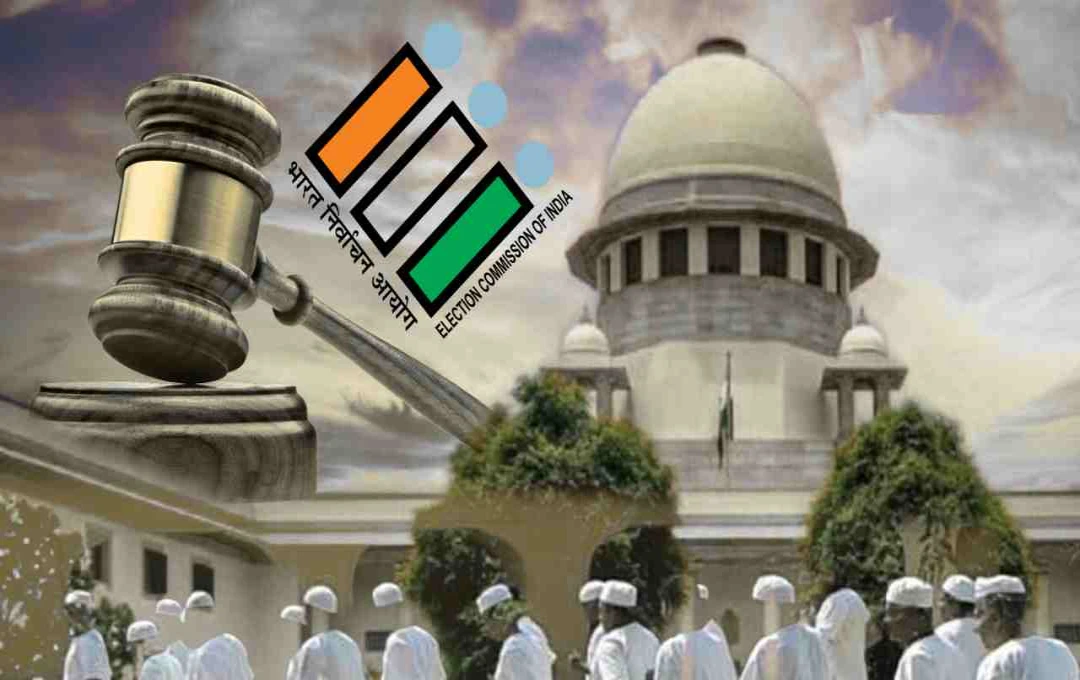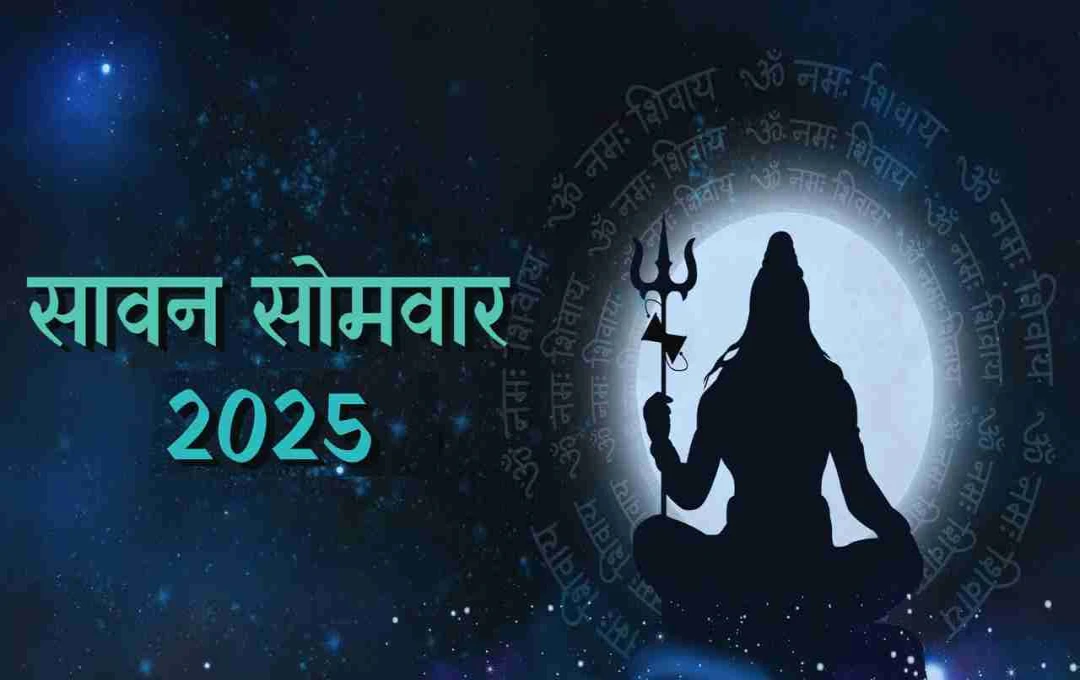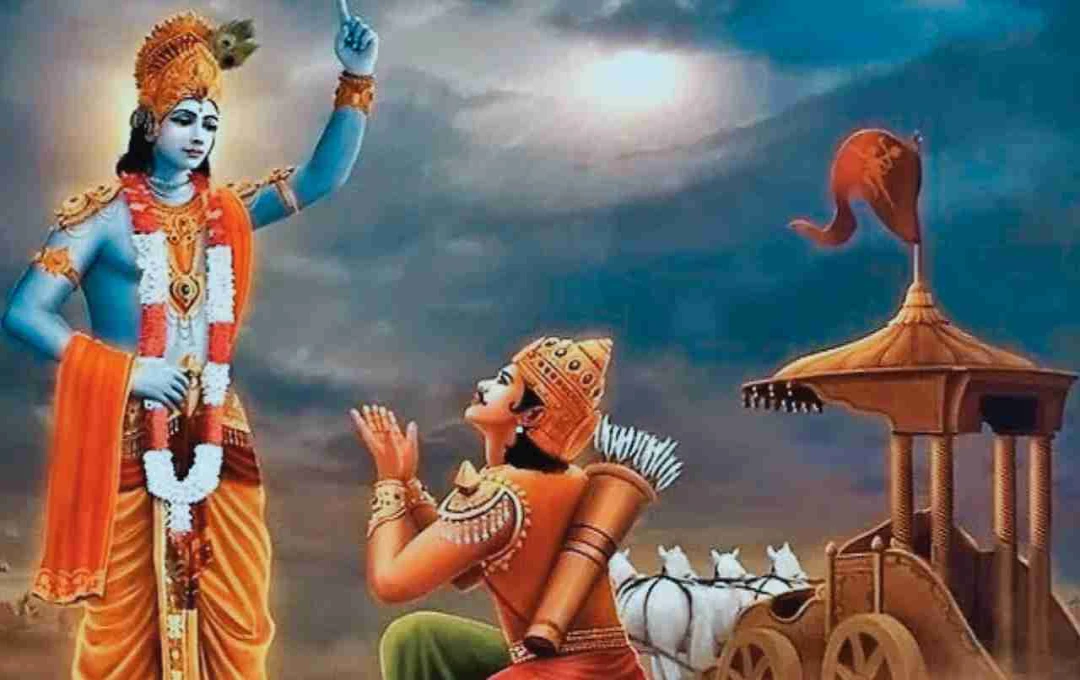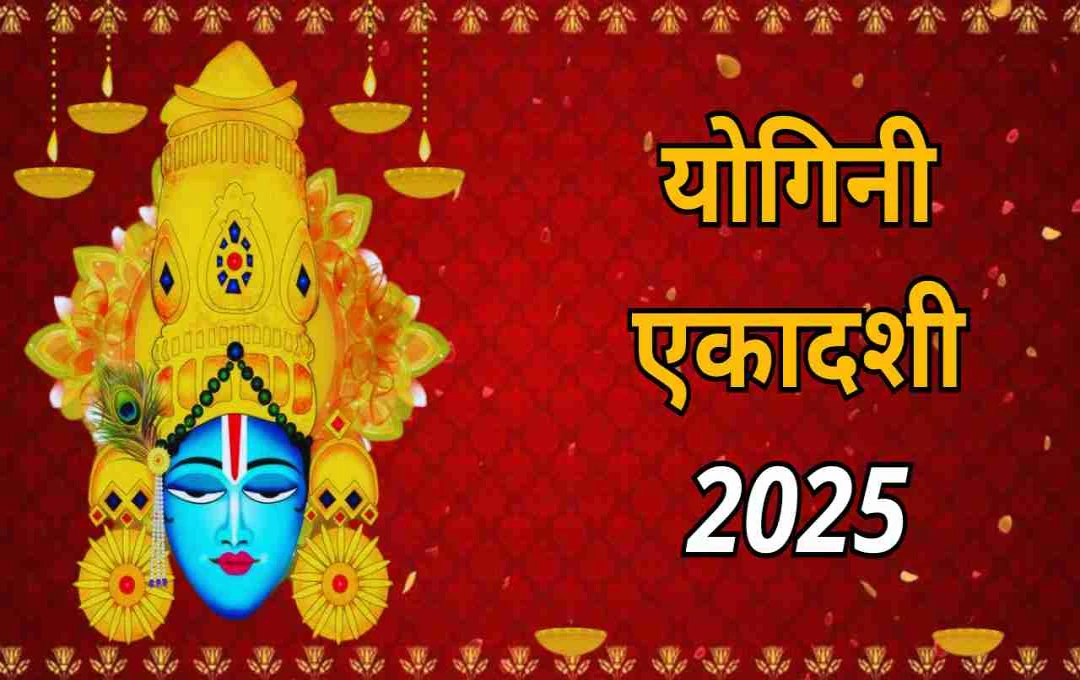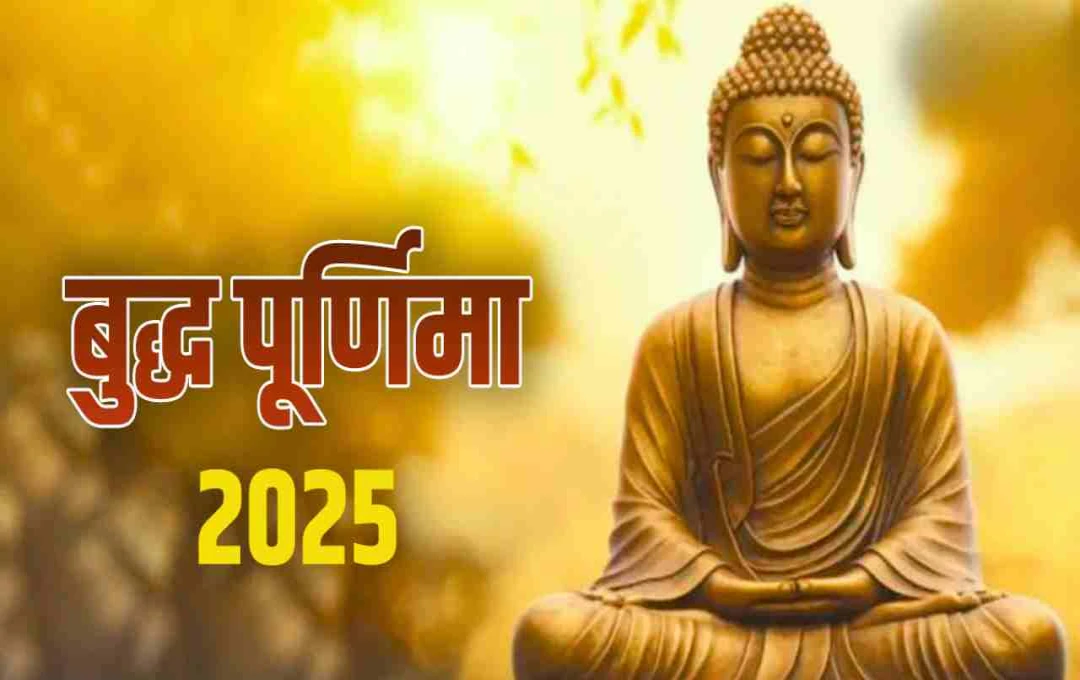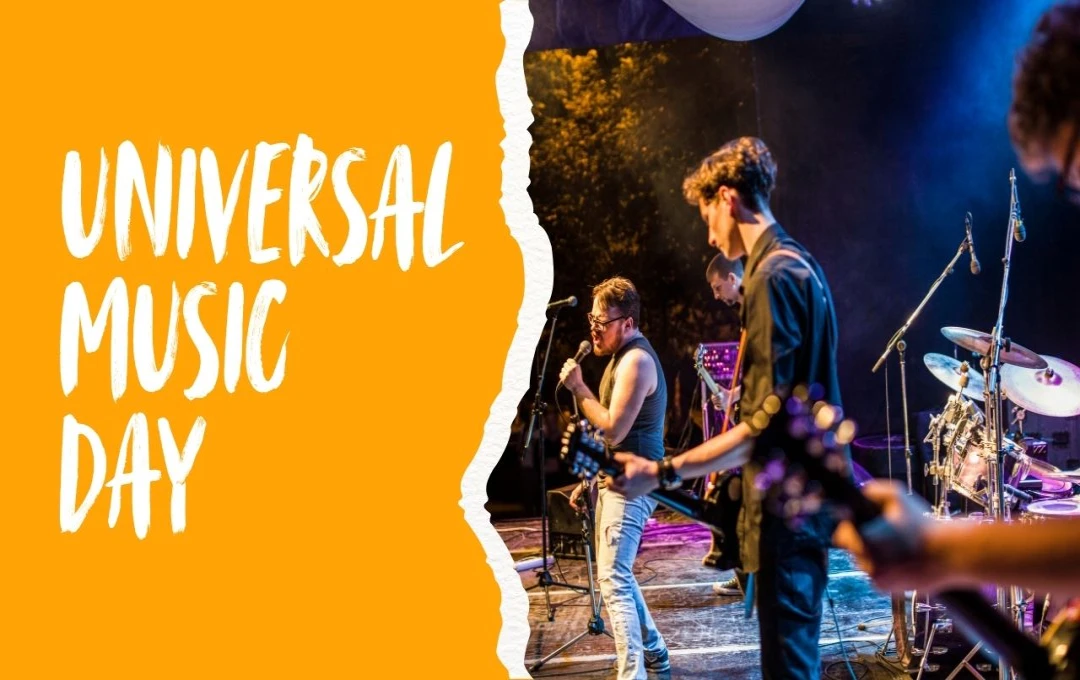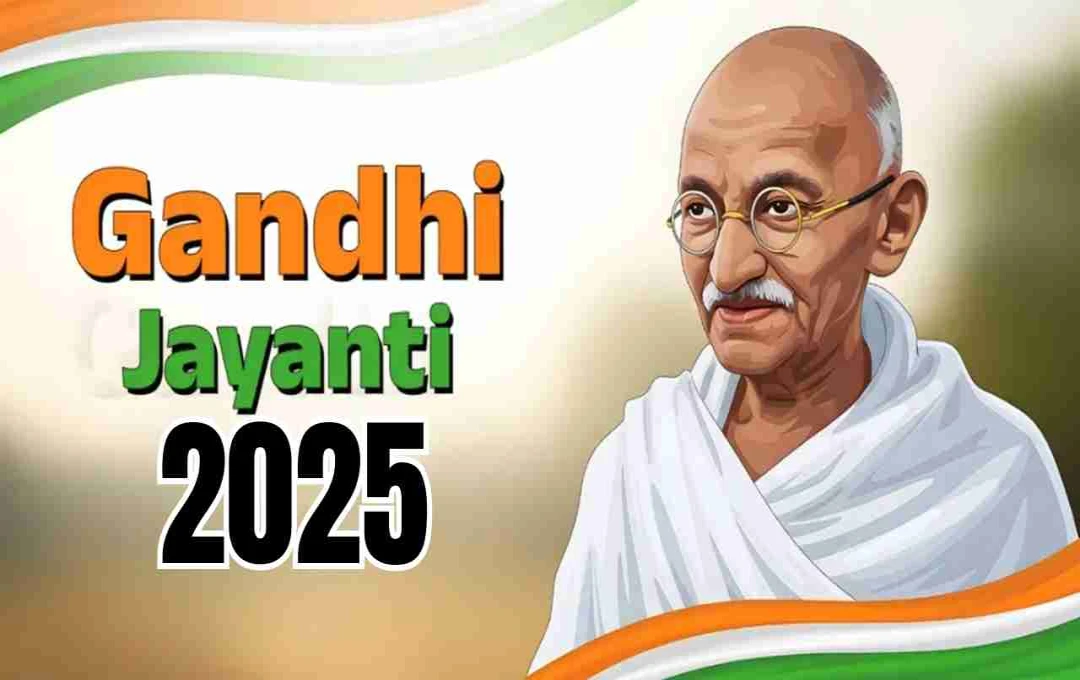India is a land where every corner is fragrant with diverse cultures, traditions, and festivals. Each festival carries a mythological tale, social context, and a glimpse of cultural values. Among these, Onam stands out as a vibrant, colorful celebration symbolizing social harmony, enthusiastically observed by the people of Kerala with reverence and pride.
Onam is more than just a religious festival; it's the soul of Kerala, a magnificent tapestry woven with history, faith, nature, agriculture, culture, and society. This festival is a source of pride not only for Keralites but for the entire nation.
The Mythological Basis of Onam
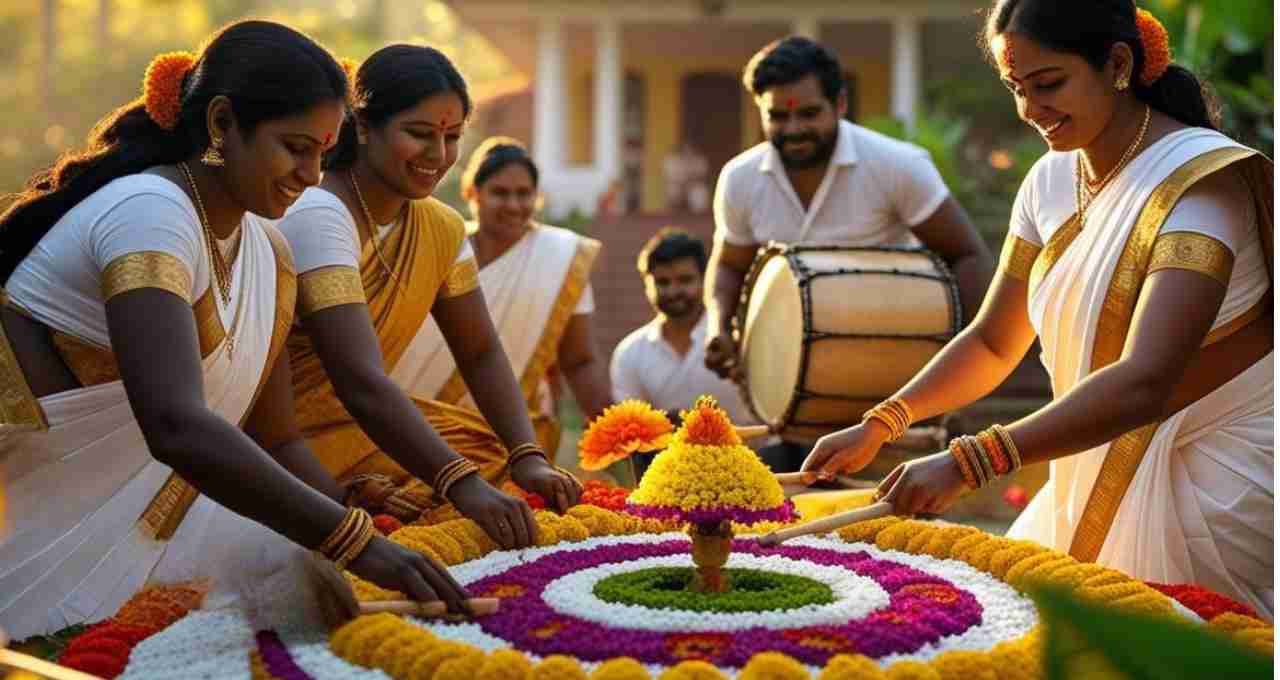
Onam commemorates the legendary Asura king Mahabali. His reign is remembered as an era of "truth, equality, and prosperity." Legend has it that during his rule, no one suffered, injustice was unheard of, and everyone lived with equal rights.
However, the gods grew concerned about Mahabali's increasing popularity. They sought help from Lord Vishnu. Lord Vishnu then took the Vamana avatar—appearing as a small Brahmin boy—and approached Mahabali, requesting three paces of land. Mahabali generously granted his request. Vamana measured the earth with his first pace, the sky with his second, and for the third, Mahabali offered himself.
Pleased by this sacrifice, Lord Vishnu blessed Mahabali to visit his people on earth annually. Onam celebrates this return. It is a festival of love, justice, and affection between the king and his subjects.
Onam: A Festival Connected to Nature and Agriculture
Onam is not merely a religious occasion; it's deeply intertwined with agriculture and nature. It marks the post-harvest season when farmers celebrate the success of their hard work. It's also an opportunity to express gratitude towards nature.
Onam highlights that the relationship between humanity and nature is not merely one of exploitation but of respect, balance, and dedication.
Onam Festival: Time Frame and Ten-Day Observance
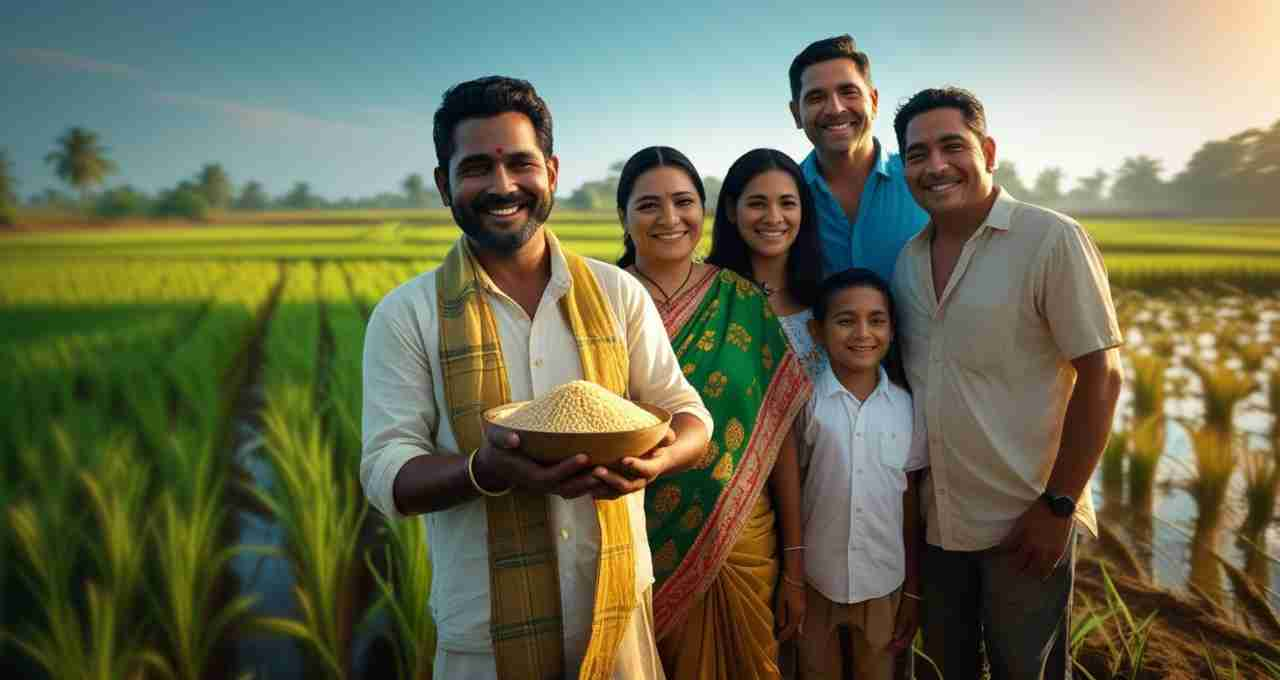
The Onam festival spans ten days, each with its own name and significance. It is celebrated in the 'Chingam' month according to the Malayalam calendar.
Day Name Features
1 Atham Beginning of Pookalam, anticipation of Mahabali's arrival
2 Chithira House cleaning and decoration
3 Chodi Gift shopping and exchange
4 Vishakam Markets bustling, preparations for competitions
5 Anizham Commencement of cultural programs
6 Thriketa Prayers and devotional songs
7 Moolam Preparation of special meals
8 Pooradam New flowers in rangoli, festive atmosphere at home
9 Uthradom Preparations to welcome Mahabali
10 Thiruvonam Main day – Sadhya, worship, festivities
Key Traditions and Attractions of Onam
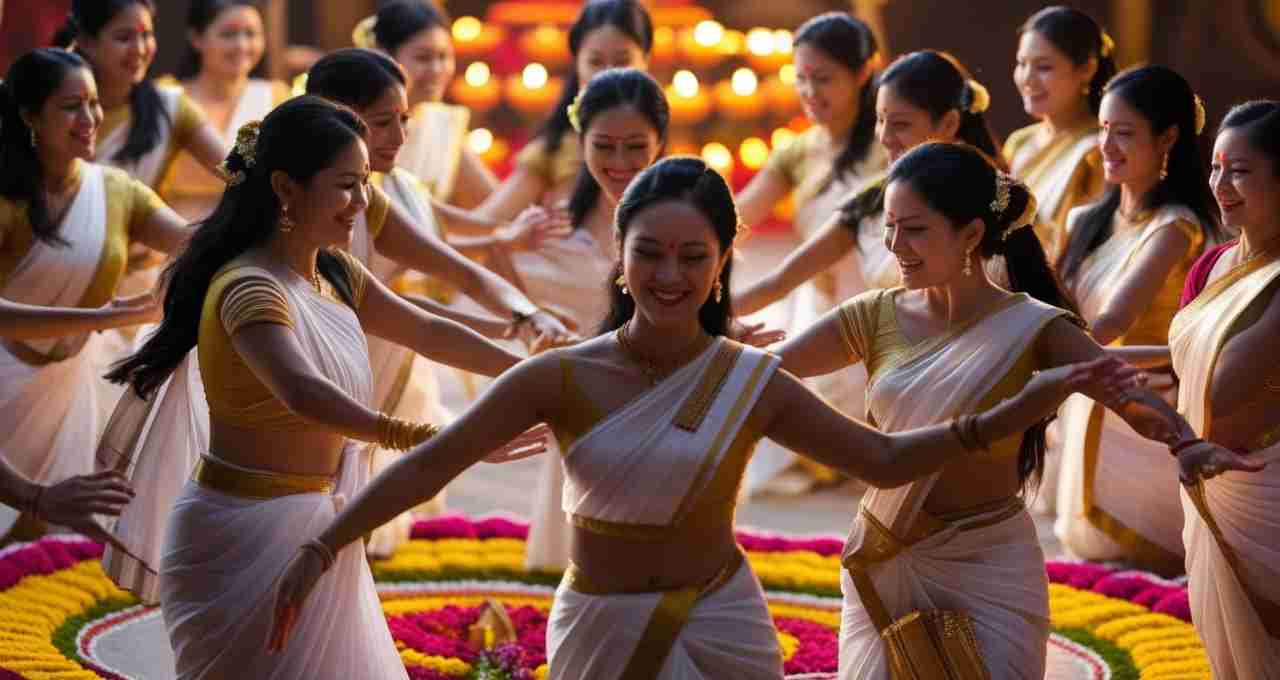
- Pookalam (Floral Rangoli)
Every morning, women and children create elaborate Pookalam using colorful flowers. This rangoli symbolizes not only beauty but also the welcoming of King Mahabali.
- Onam Sadhya (Grand Feast)
One of the most special and anticipated traditions is the Sadhya—a traditional vegetarian feast. It's a confluence of taste, culture, and togetherness, elegantly served on banana leaves. This grand platter typically includes 20 to 30 dishes, showcasing Kerala's rich culinary heritage.
Aviyal (mixed vegetables)
- Sambar
- Olan
- Thorán
Payasam (traditional Keralite dessert)
Inji Curry (ginger chutney)
This feast symbolizes not just taste, but also social unity and cultural diversity.
- Vallamkali (Boat Race)
The boat races held during Onam are world-renowned. The Nehru Trophy Boat Race, in particular, sees hundreds of people rhythmically rowing massive boats. It's a stunning example of Kerala's organization and festive spirit.
- Puli Kali (Tiger Dance)
Male performers paint their bodies like tigers and dance, entertaining children and adults alike. This dance symbolizes power, enthusiasm, and the joy of life.
- Kathakali and Thiruvathira
During Onam, the traditional dance Kathakali is performed, presenting mythological stories in a theatrical style. Women perform the Thiruvathira, symbolizing collectivity and beauty.
The Social Significance of Onam
Onam's greatest strength lies in its ability to unite people beyond religion, caste, and class. Hindus, Muslims, and Christians alike celebrate Onam with equal fervor. It's a vibrant symbol of Kerala's secularism and cultural harmony.
Onam conveys the message that a society thrives when it respects its past and lives in the present with collective unity.
Tourism and Global Recognition
During Onam, Kerala becomes a tourism hotspot. Millions of tourists from India and abroad come to witness this festival. The boat races, Sadhya, dances, festive decorations, and traditional attire offer a unique experience for visitors.
The Kerala government also organizes special events during this time, such as:
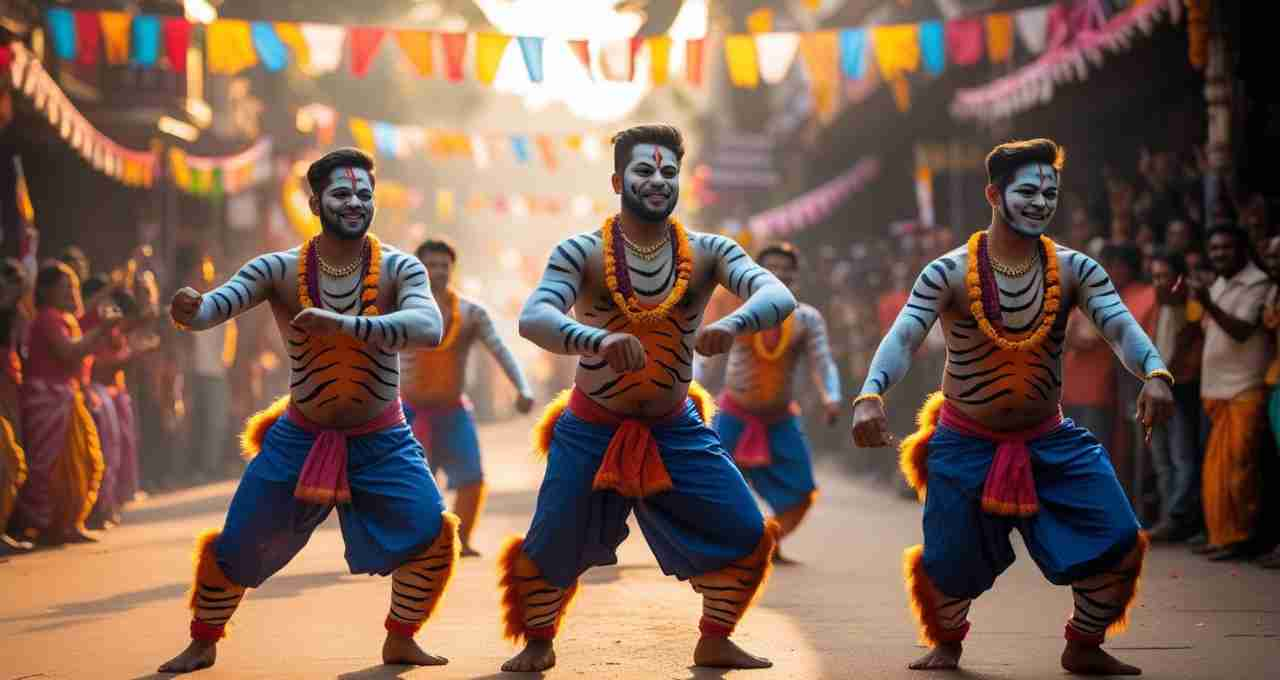
- Onam markets
- Cultural festivals
- Tourism fairs
- Craft exhibitions
- The Relevance of Onam in Today's Time
Onam is not just a celebration; it carries several messages for modern society.
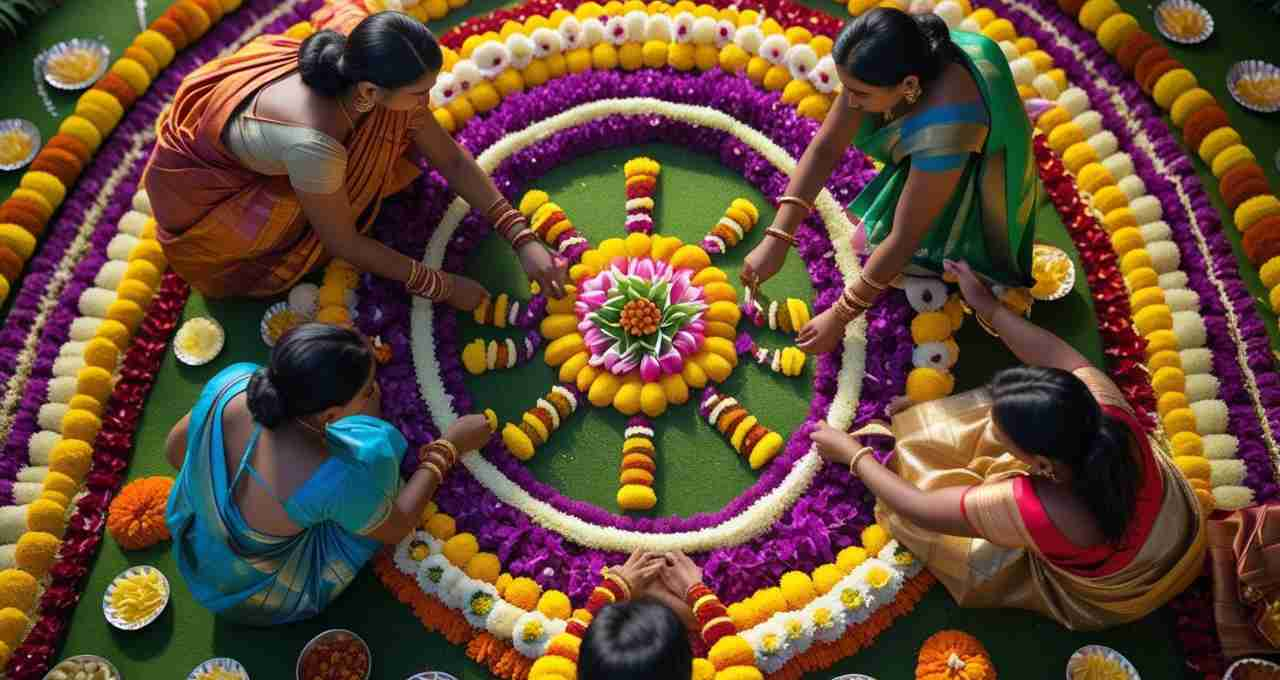
- What a just governance should be like—learnt from Mahabali.
- The importance of harmony with nature—learnt from the agricultural basis of Onam.
- The significance of unity and harmony in society—demonstrated by Onam's secular nature.
In a world grappling with conflicts, differences, and self-centeredness, Onam teaches us that collective unity, service, love, and gratitude can be revived through festivals.
